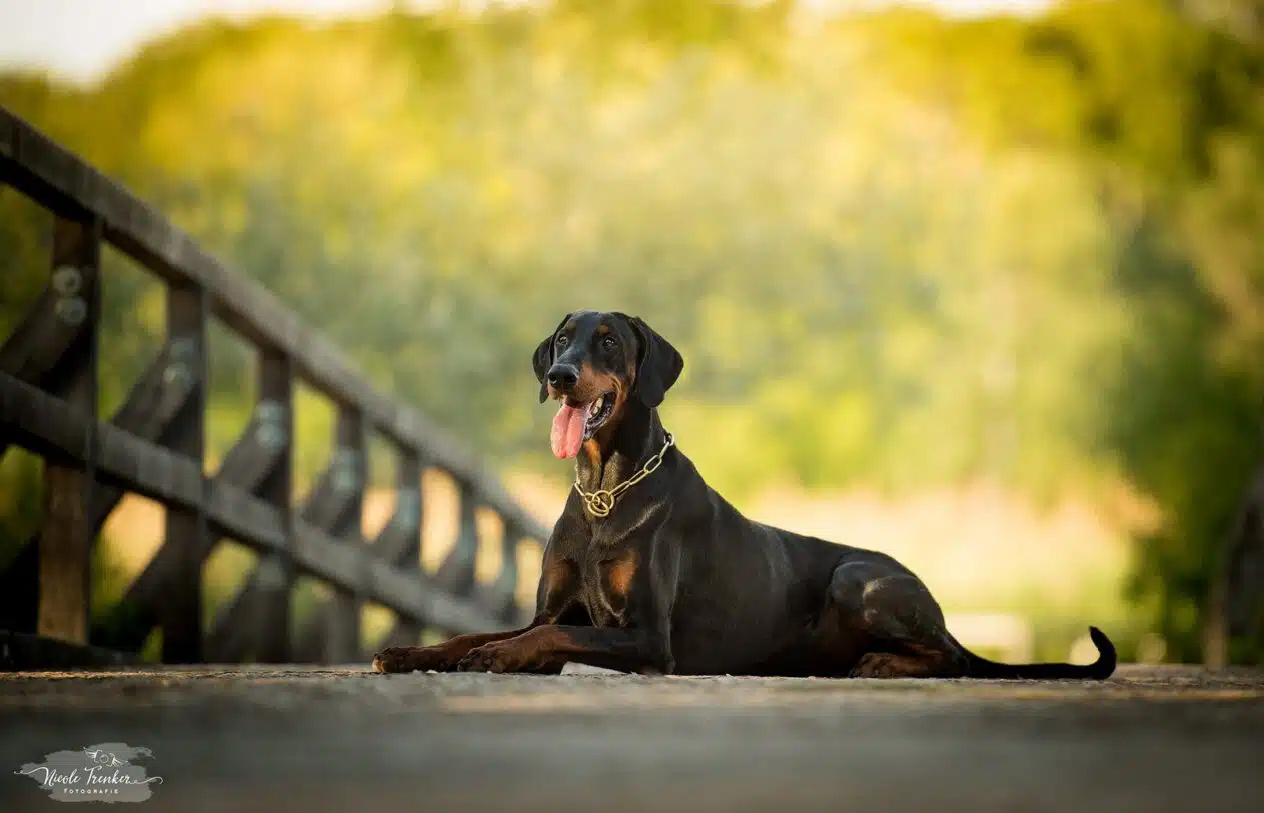
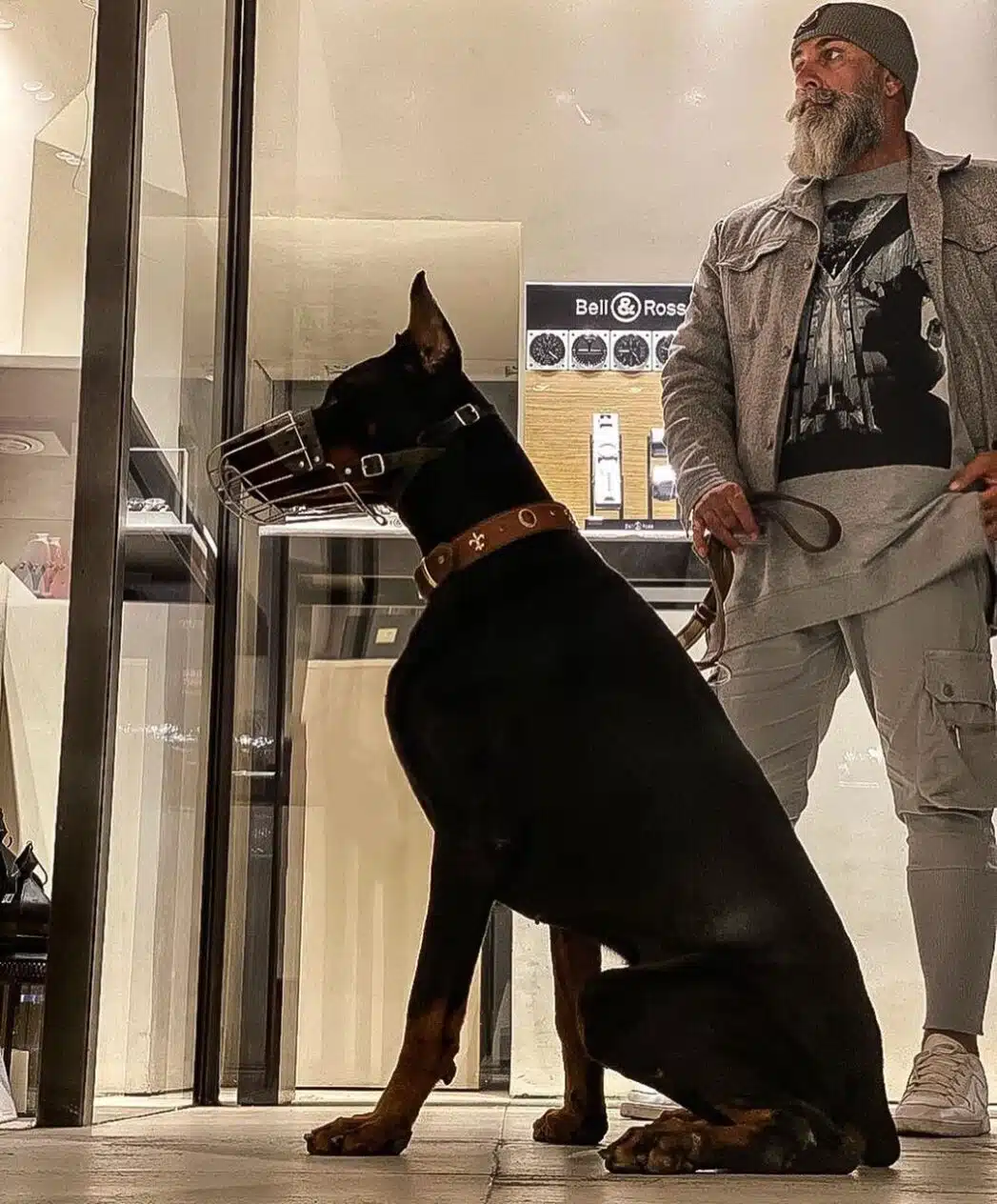
The Doberman is a medium-sized dog with an athletic build, known for its loyalty, intelligence and protective qualities. They are often used in service and security work due to their natural ability to learn and high efficiency.
The popularity of Dobermans is explained by their versatility: they can be excellent guards, police dogs, as well as loyal pets. Their loyalty, intelligence and ability to learn quickly make them an excellent choice for active and responsible owners.
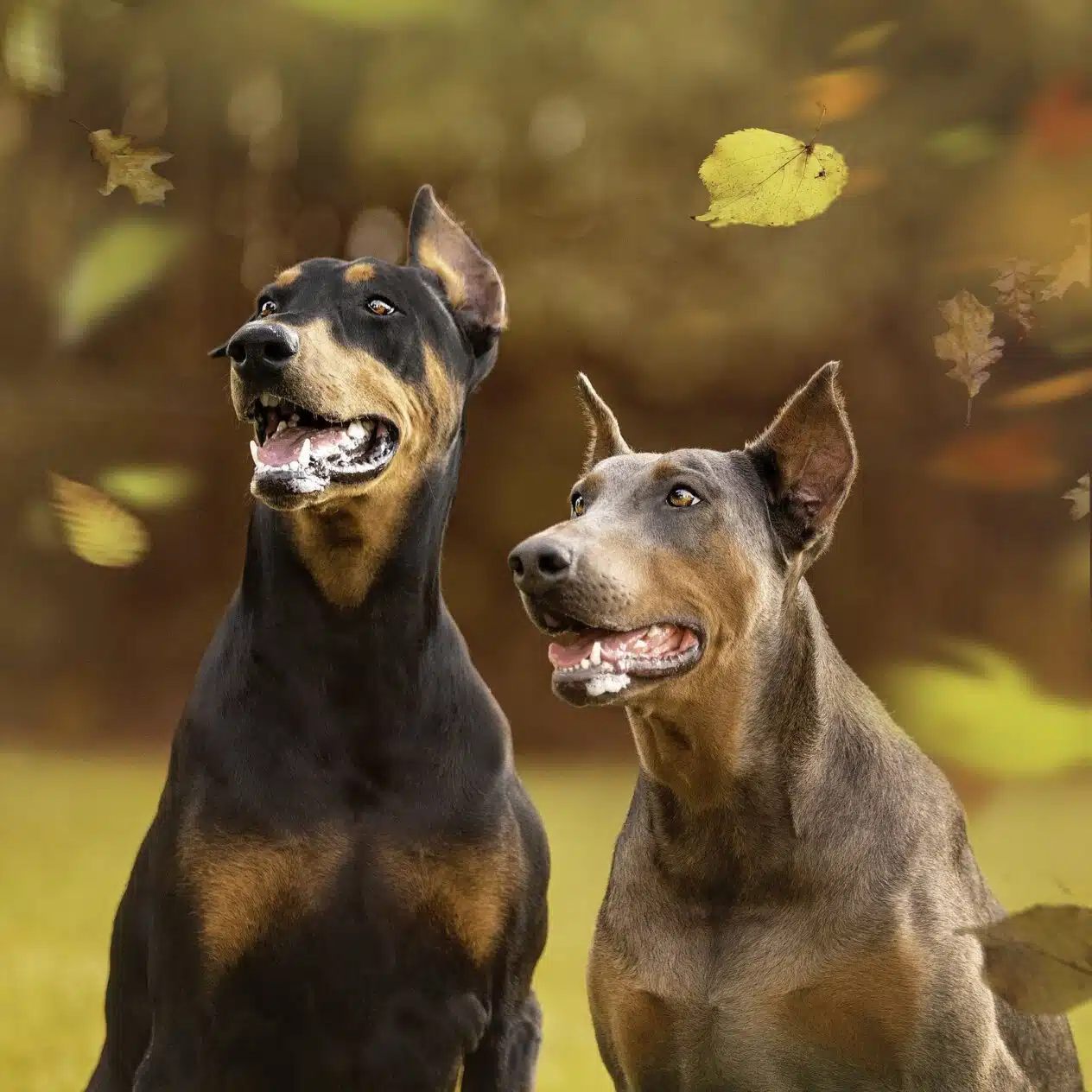
Origin of Dobermans
The Doberman was bred in Germany at the end of the 19th century. The breed was created by Karl Friedrich Louis Dobermann, a tax inspector from Apolda, who wanted a dog that could protect him during his work.
1870s: Carl Dobermann began crossbreeding various breeds, including German Pinschers, Rottweilers, Greyhounds, and others, to produce the perfect watchdog.
1890s: The breed began to gain popularity in Germany as guard and service dogs.
1900s: Official recognition of the breed in Germany. Dobermann died in 1894, but his work was continued by other enthusiasts.
1920s: The Doberman came to the United States, where it was registered by the American Kennel Club (AKC) in 1908.
World War II: Dobermans were used extensively in military operations, further cementing their reputation as reliable service dogs.
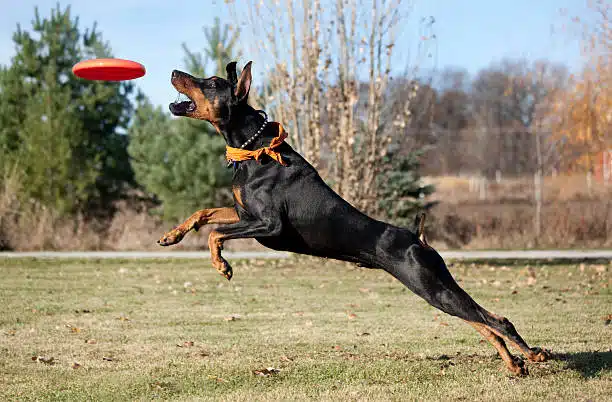
Character and behavior
Dobermans are often mistaken for aggressive because of their protective instincts and expressive appearance. However, they are loyal, intelligent and loving dogs that are great for family life. They learn quickly and strive to please their owners.
Dobermans are energetic and active dogs that need daily physical and mental exercise. They respond well to training and socialization, making them excellent service and guard dogs. At the same time, they can be affectionate and friendly, especially with children and other pets, if properly trained.

Description of the breed
Appearance
The Doberman breed has a strong, athletic build with a smooth, short coat that can be black, brown, blue, or Isabelle. Their head is graceful, with clear lines, ears are often cropped, and the tail is usually clipped short. Dobermans have a deep chest, a straight spine and long, strong legs.
Types of Dobermans
The European Doberman is more robust and often used in service roles, while the American Doberman has a more refined appearance and is often exhibited in beauty pageants. Both types have common features, but differ in appearance and sometimes in character.
Mestizos
Doberman crossbreeds can have mixed genetics that include traits from other breeds:
Doberman-Labrador (Doberdor): combines the intelligence and energy of the Doberman with the good nature and friendliness of the Labrador.
Doberman Shepherd: combines the protective instincts and intelligence of both breeds, often used as a service dog.
Doberman Rottweiler (Rotterman): Powerful and protective, has a high energy level and needs an active lifestyle.
These hybrids often have the advantages of both breeds and can make good pets, but most importantly, with proper training and care.
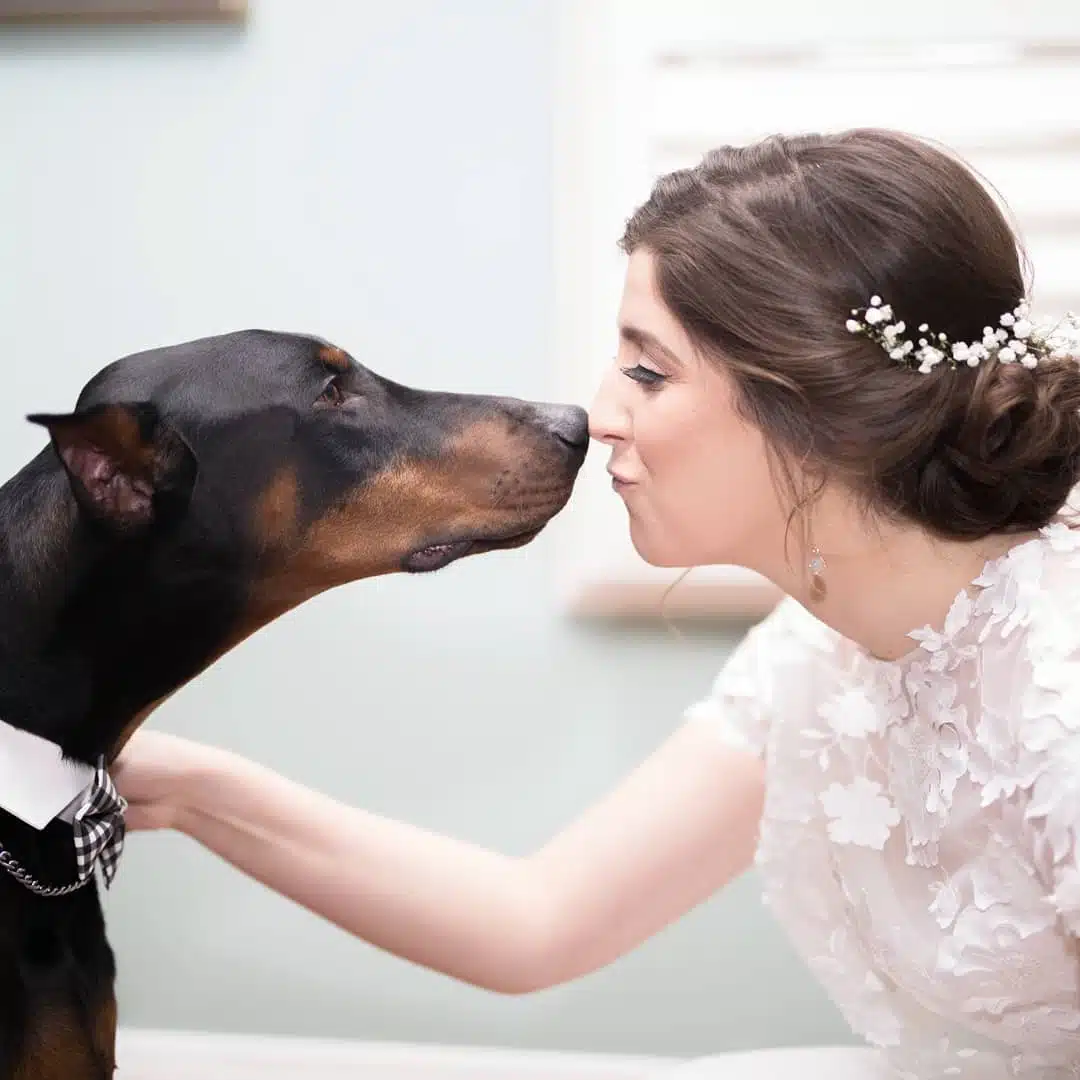
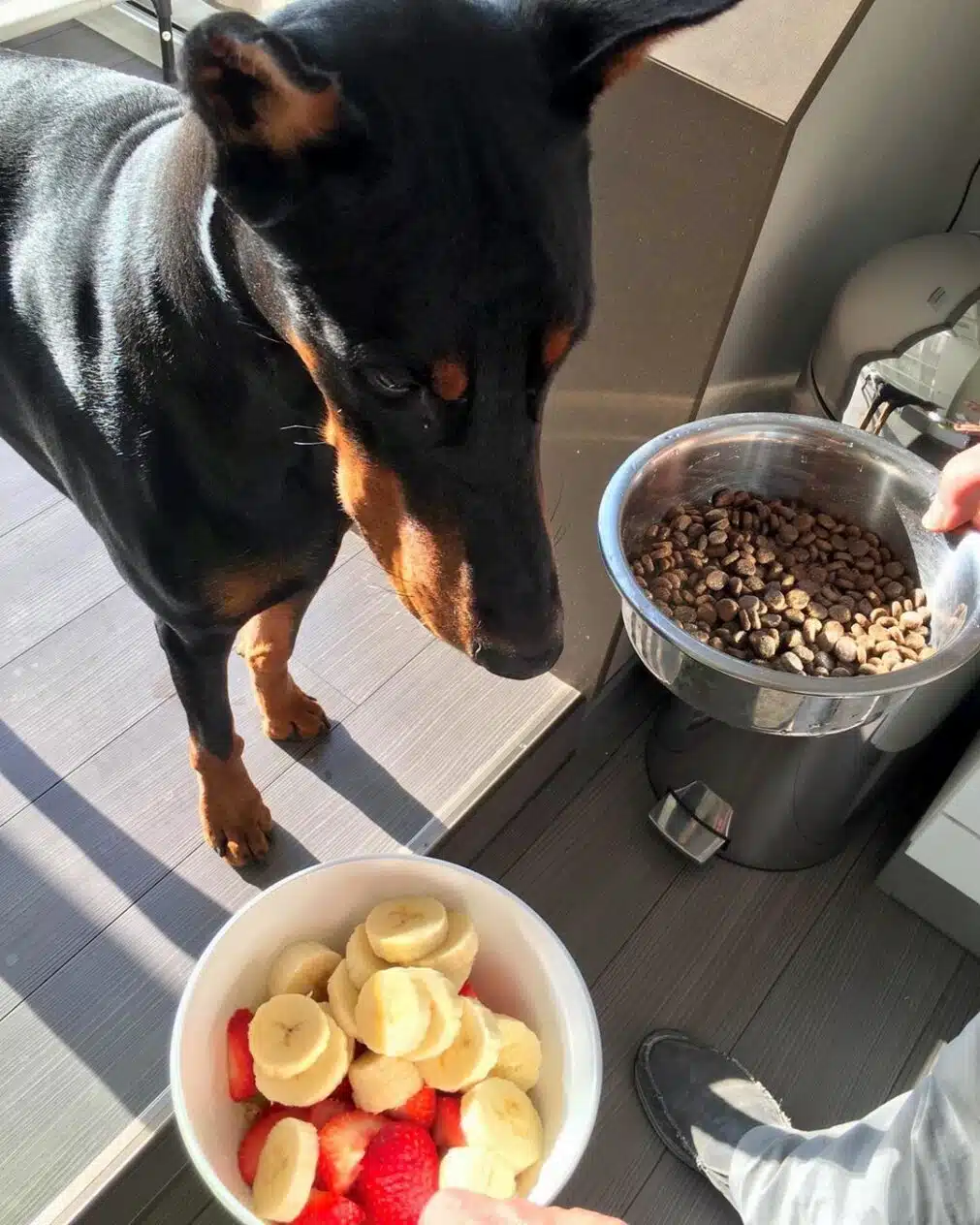
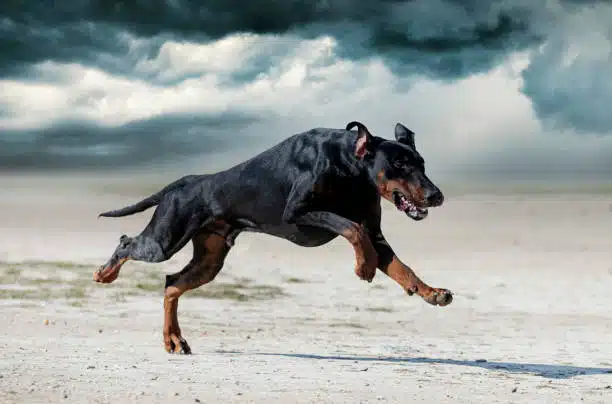
Teaching
Dobermans are highly intelligent dogs that need the right approach to training to become reliable guards and faithful pets. Early socialization is a major aspect in raising a Doberman. It is important to start socializing the puppy from the first weeks of life, introducing him to different people, animals and environments. This will help to avoid fears and aggression in the future.
Doberman training should be based on positive reinforcement. Using treats, praise, and toys to reward good behavior helps reinforce desired skills. Commands should be short and clear, such as “sit”, “lie”, “place”. Consistency in training is extremely important: all members of the family should use the same commands and methods. Regular training sessions of 10-15 minutes each day will help maintain discipline and skill development.
Special attention should be paid to security skills. Teaching the commands “guard” and “guard” should be done gradually, using special toys or objects. It is important to monitor and correct behavior to avoid excessive aggression. If difficulties arise, do not hesitate to contact a professional dog trainer or trainer.
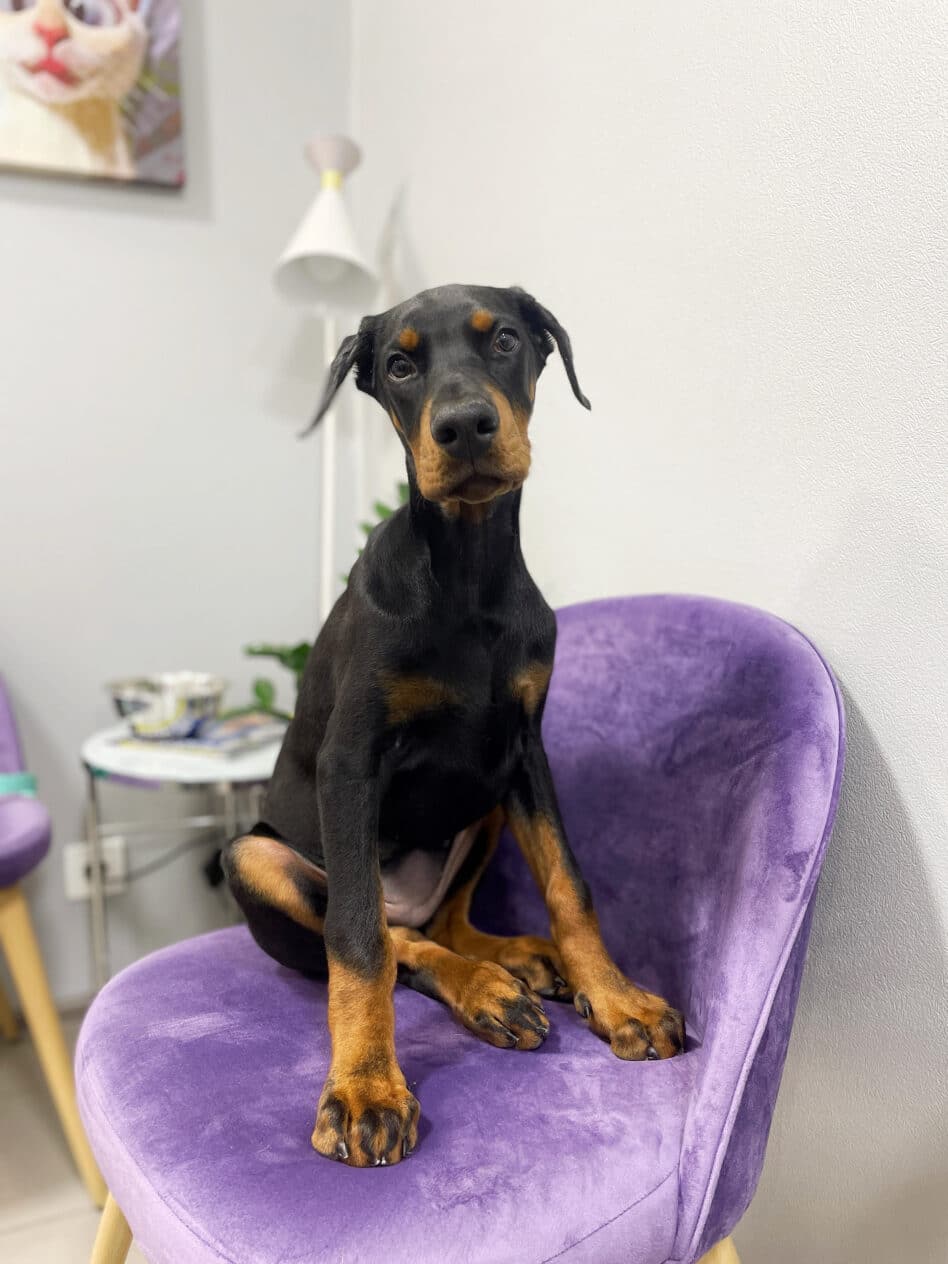
Doberman grooming
Basic grooming routines include weekly brushing with a rubber brush. This helps remove dead fur, reduce shedding, and improve blood circulation. Doberman should be bathed once every 2-3 months or as needed, using mild shampoos specially designed for dogs. Dobermans do not need a haircut, but there are exceptions for Doberman crossbreeds.
Special attention should be paid to cleaning the ears to avoid infections. They should be checked and cleaned weekly. Regular brushing is necessary to prevent plaque and tartar. Claws should be trimmed once a month or as needed. If you do not have experience in grooming, it is better to contact professional groomers who will provide quality care for the coat, ears, teeth and claws of your Doberman using special cosmetic products suitable for this breed. Our professional groomers will also provide useful advice on aftercare at home.
Daily walks and active games are mandatory to maintain the Doberman’s physical form. They need plenty of exercise to maintain their athletic bodies and mental stimulation to prevent boredom and disruptive behavior. Providing proper care and training will help make your Ponytail a healthy, happy and well-behaved pet.
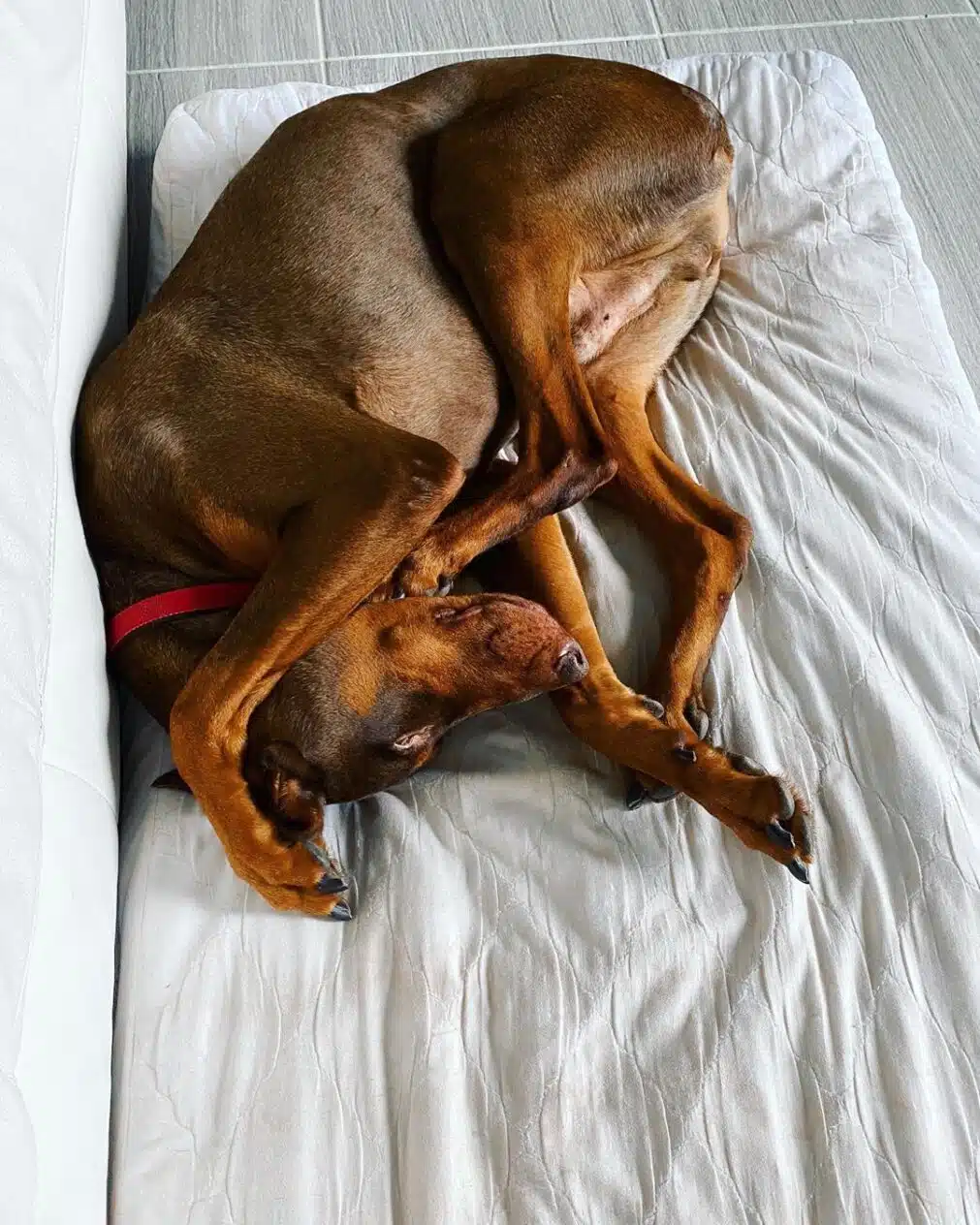
Diseases of Dobermans are possible
Dobermans are prone to certain diseases and it is important to know about them and how to prevent them.
Dilated cardiomyopathy (DCM) is a heart disease that leads to weakening of the heart muscle and enlargement of the heart chambers. Prevention includes regular vet visits, a low-salt diet and avoiding excessive exercise.
Hypothyroidism is an underproduction of thyroid hormones that can lead to weight gain, loss of energy, and skin problems. Prevention includes regular blood tests to monitor hormone levels and a special diet prescribed by a veterinarian.
Wobbler syndrome affects the cervical spine, which leads to movement disorders. Prevention – maintenance of a healthy weight and avoidance of intense physical activity, especially during the developmental age.
Hypertrophic cardiomyopathy (HCM) is a disease that leads to thickening of the walls of the heart. Prevention includes regular monitoring by a veterinarian and maintaining a healthy lifestyle.
Prevention and treatment of Doberman
Prevention is always better than cure. The best way to keep your Doberman healthy is to provide it with a healthy lifestyle. This includes regular exercise, a balanced diet and constant veterinary supervision. Active games, walks and other physical activities will help keep your Doberman in shape and reduce the risk of many diseases.
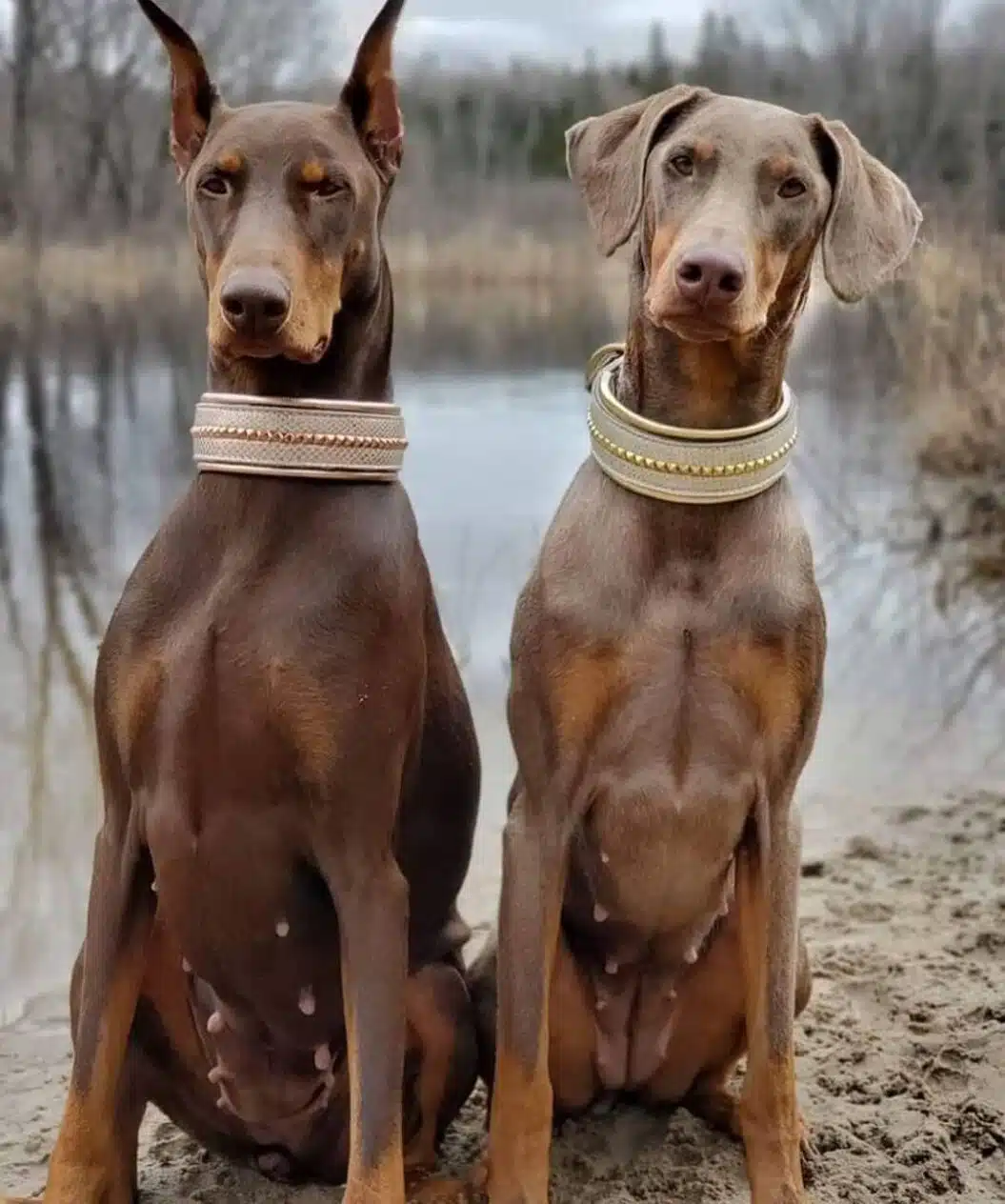
Interesting facts about Dobermans
Dobermans are widely used in police and military forces due to their intelligence and ability to train. They often appear in movies and on television because of their distinctive appearance. These dogs require a lot of exercise and are not suitable for people with a sedentary lifestyle.
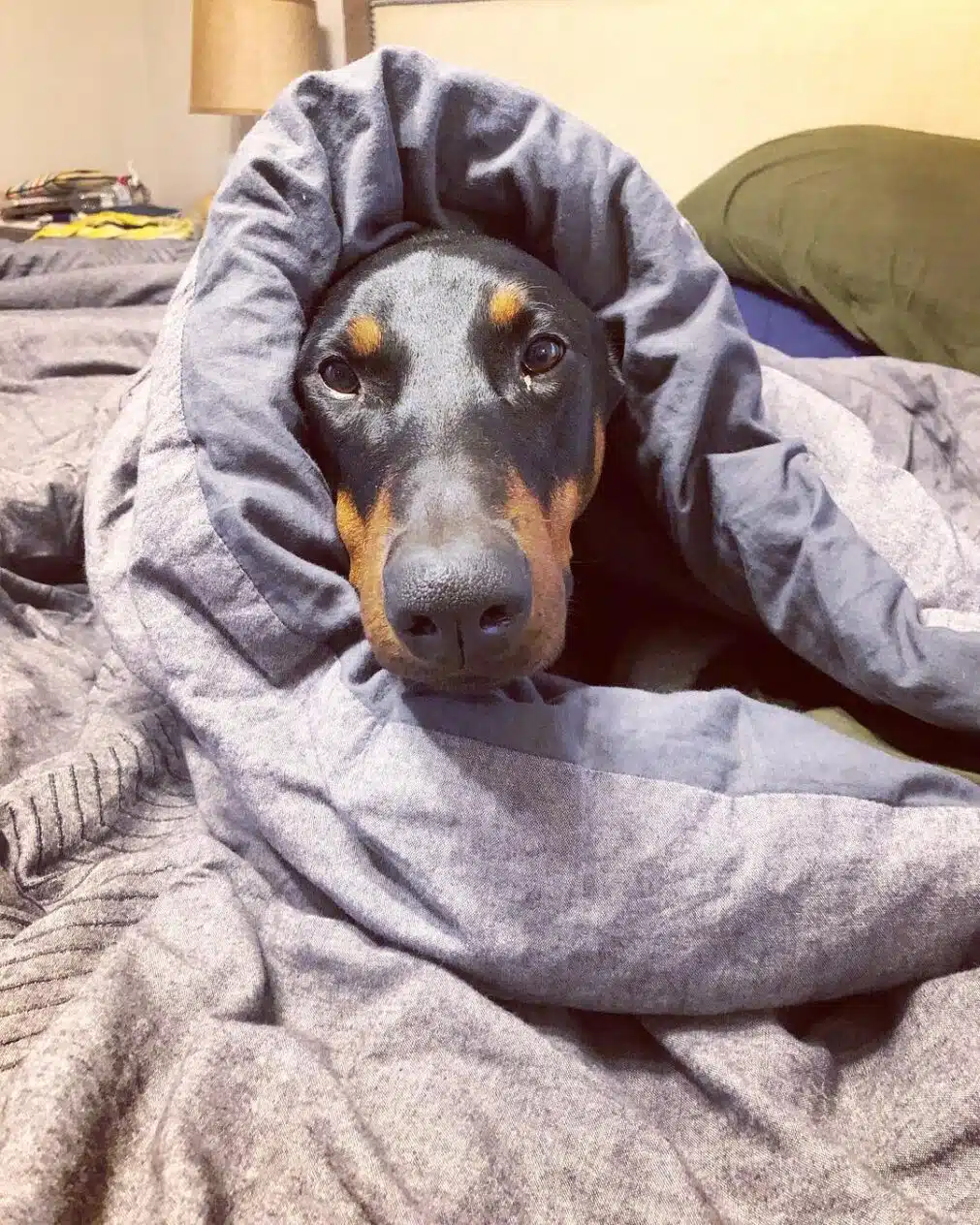
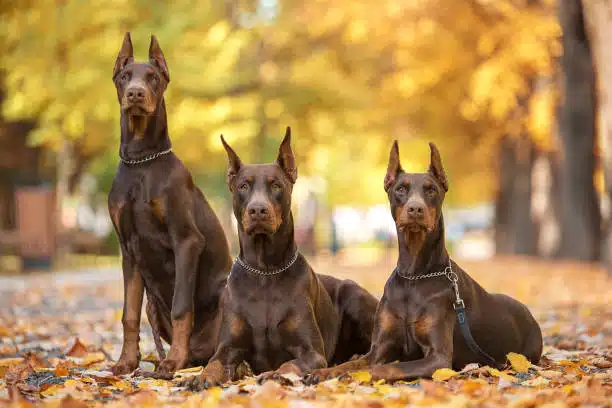
High intelligence: Dobermans are among the ten most intelligent dog breeds in the world.
War Heroes: During World War II, Dobermans served in the US Marine Corps, where they were used for mine detection and guarding.
Olympic Torch: In 1972, the Doberman was chosen to participate in the opening ceremony of the Olympic Games in Munich.
Police Service: Dobermans were one of the first breeds to be used in the police force due to their endurance and intelligence.
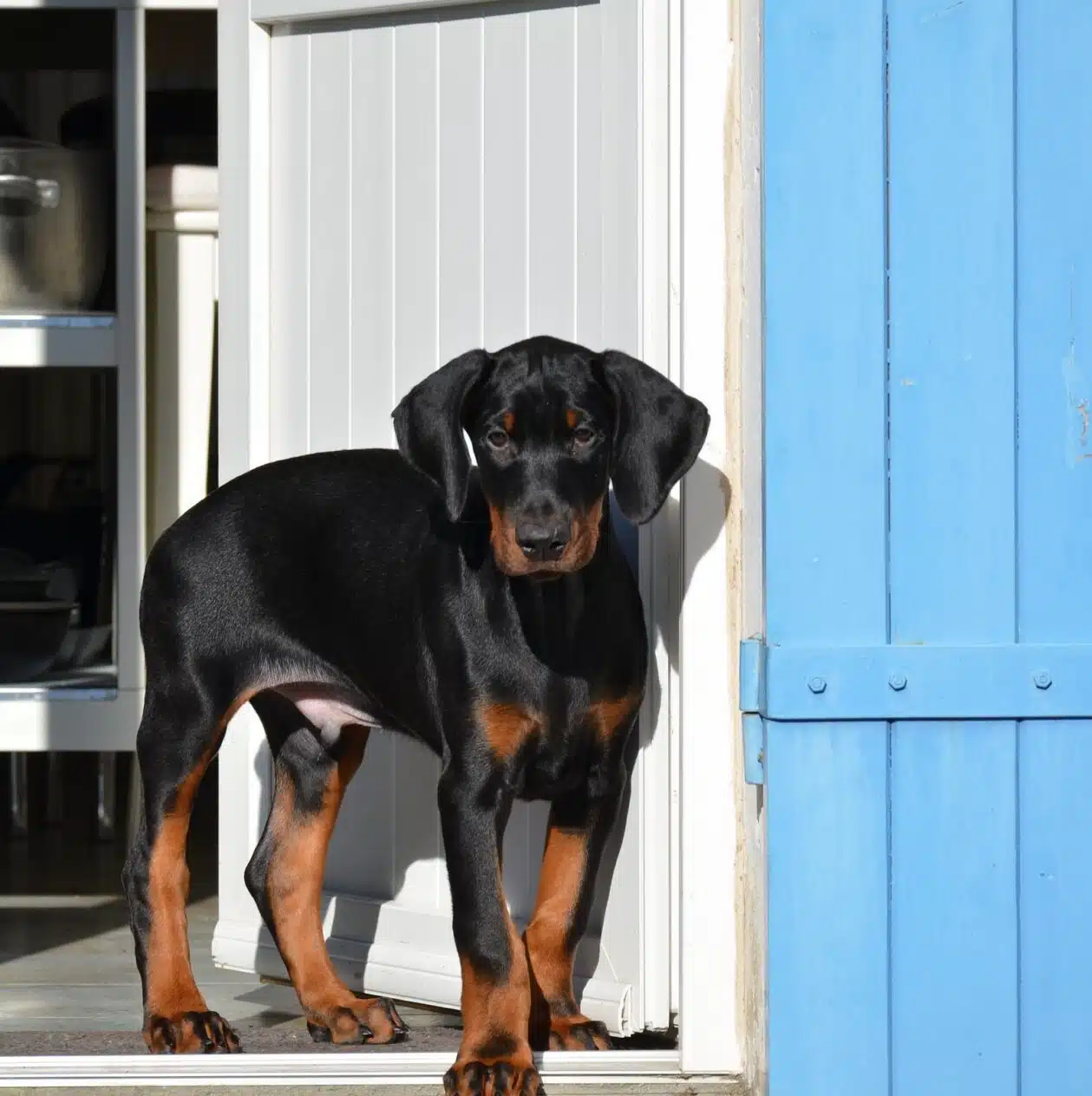
Famous Dobermans in history and culture
- Chip was a Doberman who served in the US Marine Corps during World War II on the island of Guam. He received awards for heroism, including the Silver Star and the Purple Heart. Chip saved many lives by alerting soldiers to the presence of enemies and mines.
- Sauer was a famous Doberman who served in the German police. His story began in the 1920s, when he became a legend for his fearlessness and dedication during his service. Sauer successfully solved many crimes and became a symbol of devotion and bravery.
- Kurta was a Doberman who saved the lives of her owners in the United States by alerting them to a house fire. Her courage and quick reaction received wide coverage in the media, highlighting the heroism of Dobermans. Kurta’s case became a well-known example of how devoted and attentive Dobermans can be to their surroundings.
Grooming of Dobermans in V.O.G DOG salons in Kyiv
V.O.G DOG salons in Kyiv offer professional care for Dobermans, including a full range of services to maintain the health and beauty of your Pet. Groomers with extensive experience use specialized cosmetic products to care for the short coat of Dobermans, ensuring regular brushing, ear brushing, teeth brushing and claw trimming. Professional grooming helps maintain healthy skin and coat, prevents possible diseases and makes your Doberman even more attractive.
We invite your faithful Doberman for grooming at V.O.G DOG!

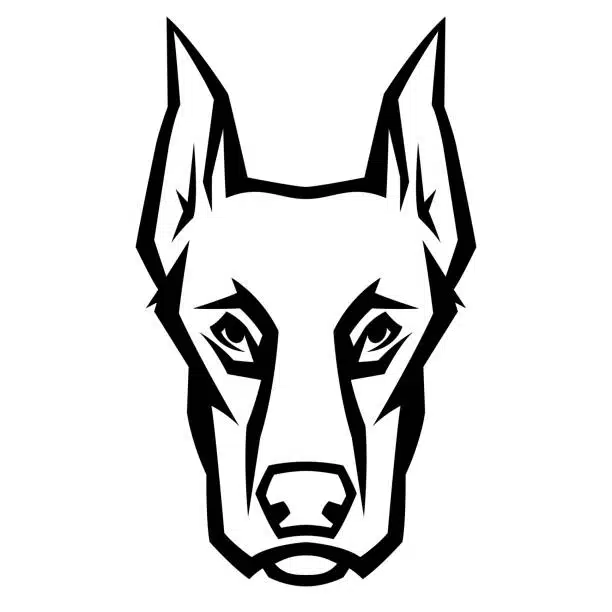
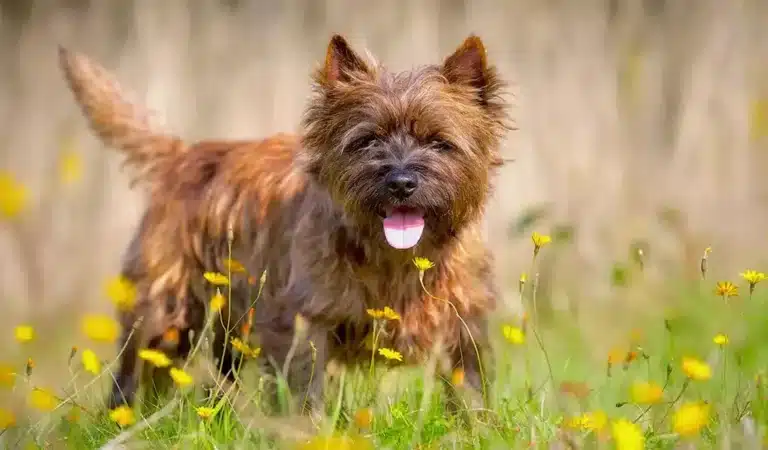
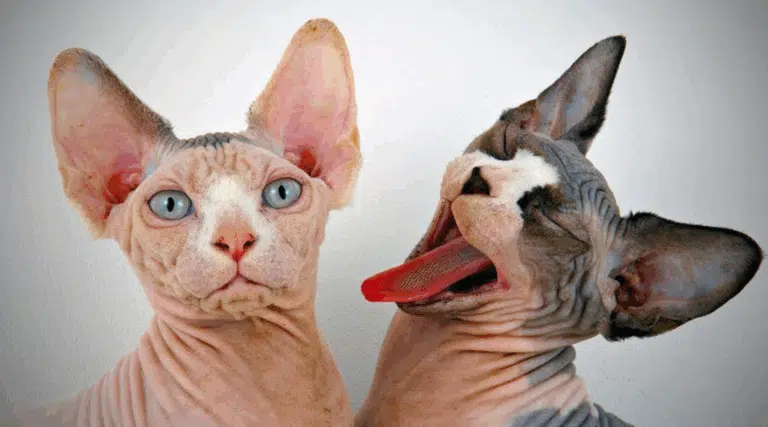
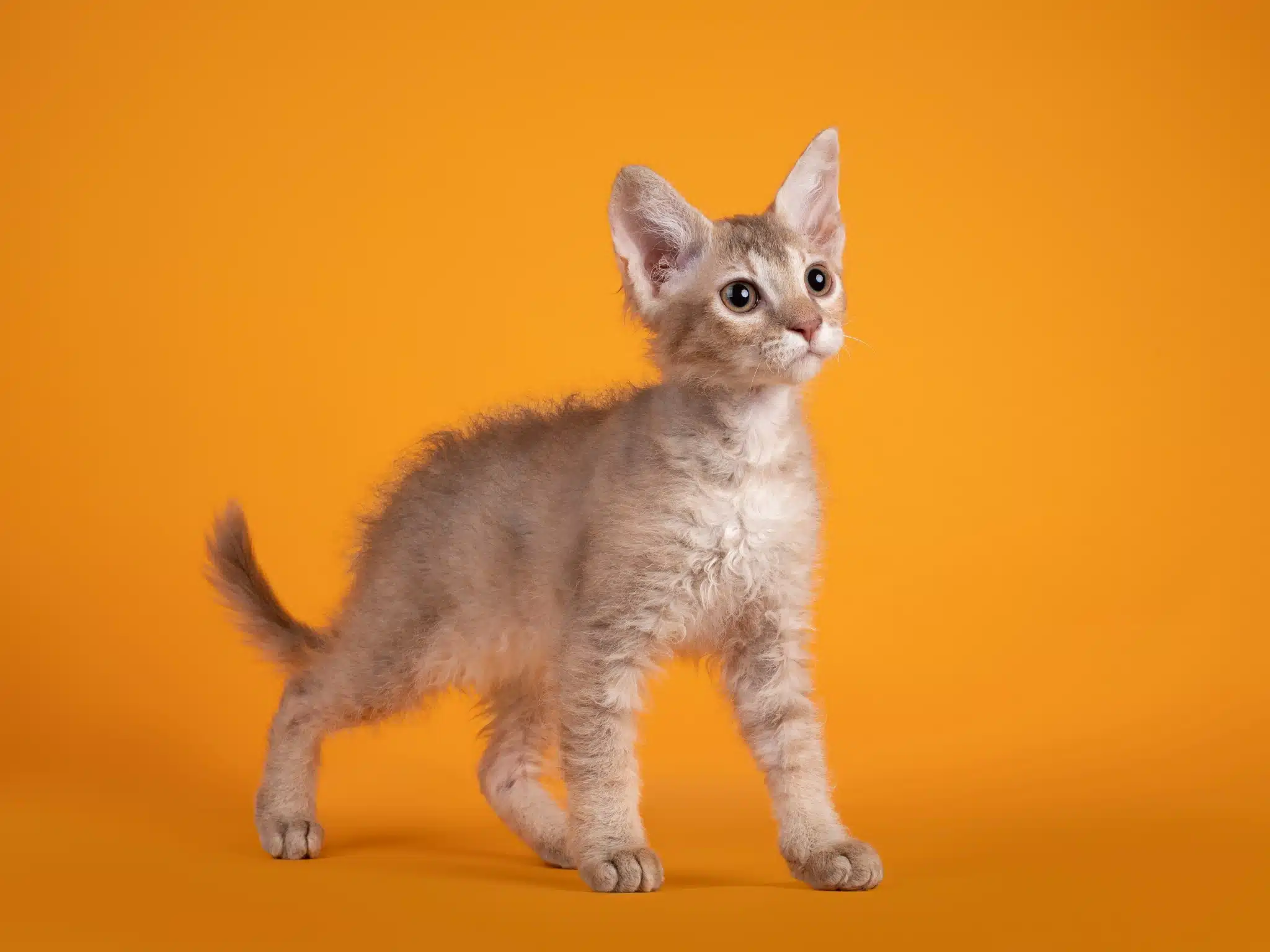

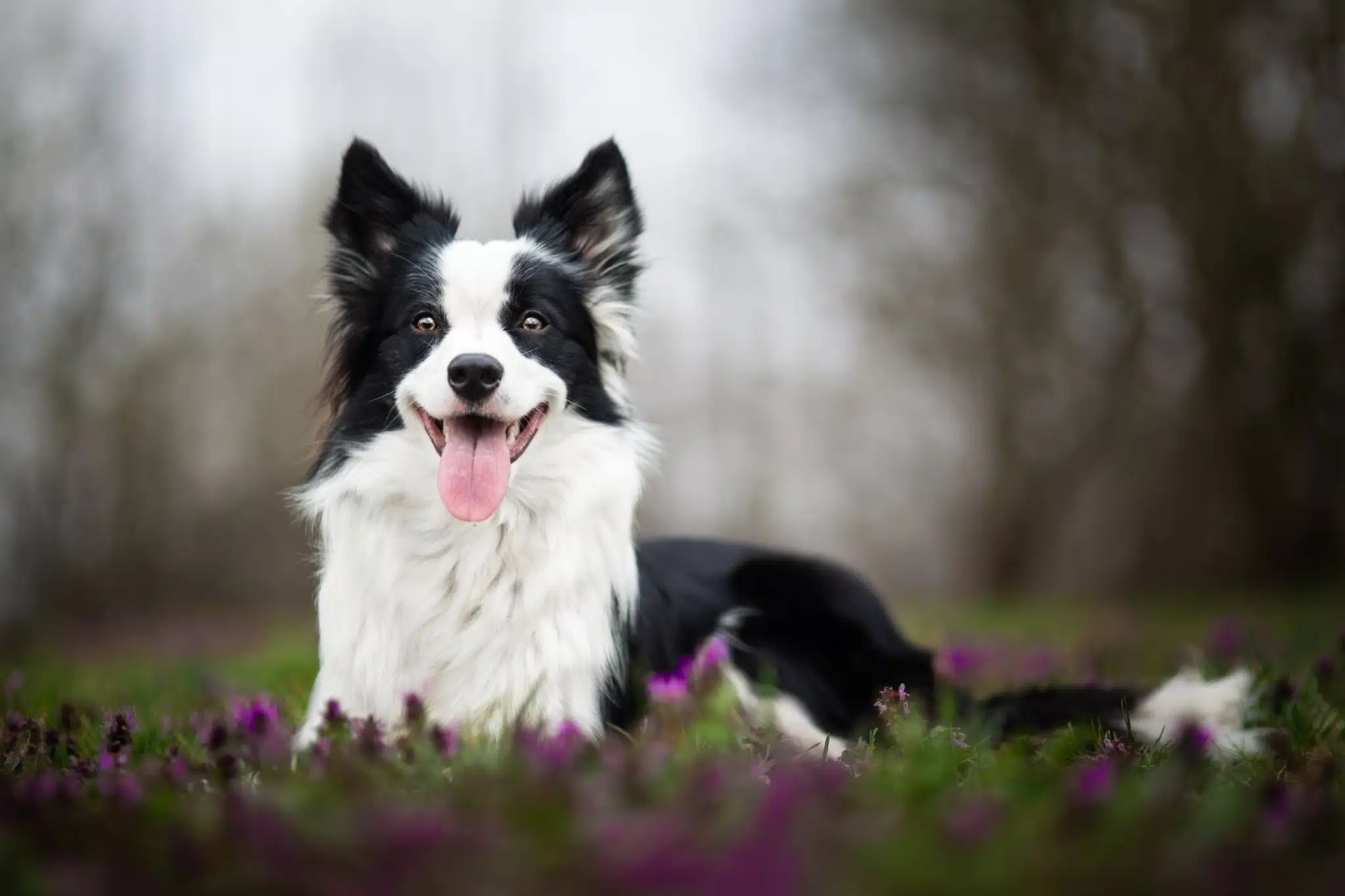



Lirigzon Gashi
?:)